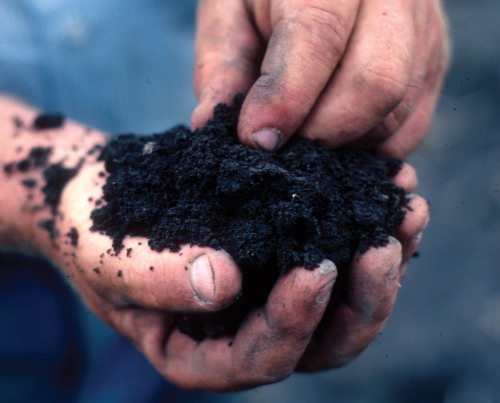#university of lancaster
More crop per drop: growing food with less water
Partial root drying allows some crops – everything from tomatoes to grapes – to be grown using up to half as much water, while producing about the same amount of fruit.
Of all the fresh water people use, more than two thirds is used for agriculture. Increasingly, water is in short supply in many important food-producing regions of the world and, as pressure on water use rises, so can the price of food. This is particularly important in drought-prone countries like China.
Partial root drying, developed by Professor Bill Davies and his team at the University of Lancaster, works like this: When one side of a plant’s roots are starved of water, signals are sent to the leaves to slow their growth, reducing water use. These signals also tell the plant to close leaf pores called stomata, reducing water loss.
Although the growth rate of the leaves declines, because the other side of the plant is being watered, it doesn’t wilt and carries on producing fruit. Alternating which side of the plant receives water prevents roots from dying in very dry soil.
In the area around Wuwei City in China, between 30,000 and 40,000 Olympic swimming pools’ worth of irrigation water is being saved each year by using this and other similar techniques.
Images:BlueRidgeKitties,NRCS Soil Health,allpossible.org.uk
Post link



